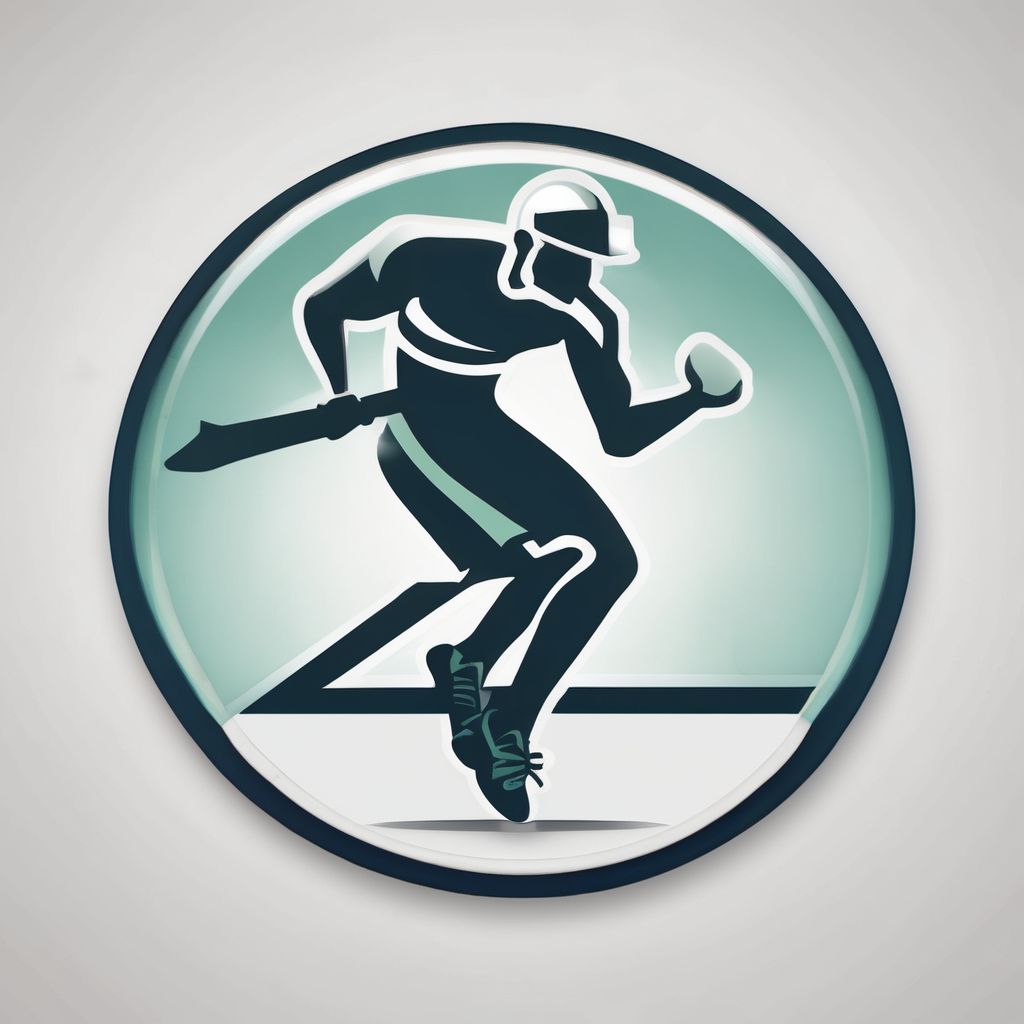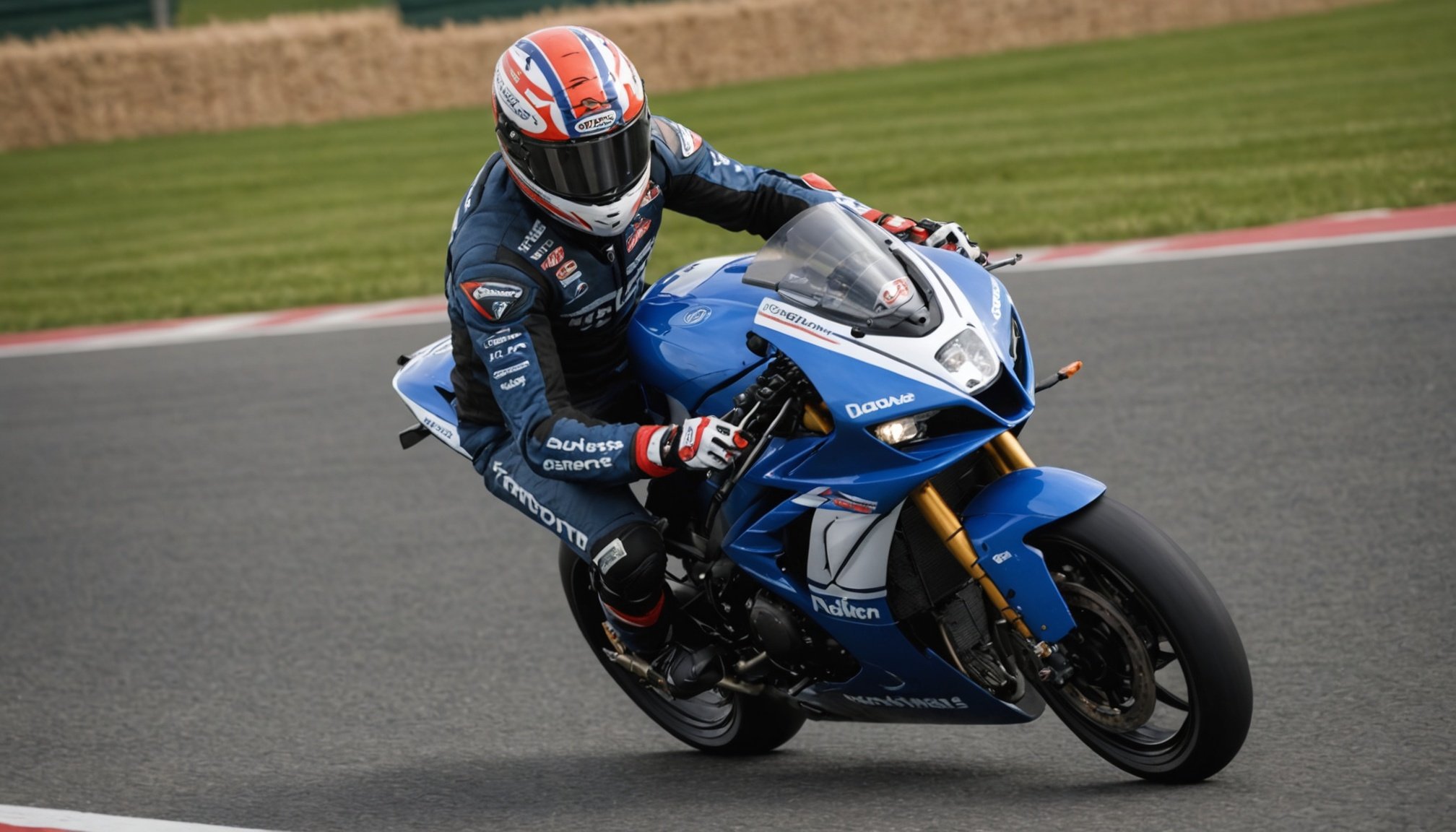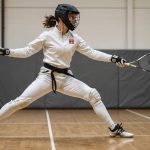Overview of Virtual Simulations in Motorbike Racing
The advent of virtual simulations in motorbike racing has revolutionised the way riders approach their training. These sophisticated programs replicate realistic racing environments, providing racers with a safe and controlled setting to enhance their skills. In essence, virtual simulations combine elements of gaming technology with precise data analytics, creating an immersive experience that mirrors real-world conditions.
Motorbike training through virtual simulations offers riders the opportunity to practice without the risks associated with actual track racing. This not only improves safety but also allows for repeated practice sessions on the same track without incurring high costs. Variations in weather, track surfaces, and even competitor behaviour can be simulated, providing versatile training scenarios for riders.
Also read : Boosting Performance: A Comprehensive Guide to Mental Health Strategies for UK Track and Field Coaches
In recent years, there has been a growing popularity of simulations among racers in the UK. Many professional and amateur racers are adopting this innovative racing technology, recognising its potential to hone their skills in a competitive environment. Racing technology advancements continue to evolve, further enhancing the realism and effectiveness of these simulations. As this technology becomes more accessible, it is poised to become a staple in the training regimens of aspiring and seasoned motorbike racers alike.
Enhancing Cornering Skills through Virtual Training
Virtual simulations provide racers with an effective platform to enhance their cornering techniques. Key skills that can be practiced include apex targeting, maintaining an ideal line, and managing entry and exit speed. These simulations offer a realistic environment where racers can repetitively practice without the wear and tear on physical vehicles.
In the same genre : Boosting Athletic Success: How Mindfulness Techniques Transform UK Sports Teams
The primary advantage of focusing on cornering in a virtual setting is the ability to receive immediate feedback. This expedites the skill development process by providing data-driven insights into performance. Moreover, virtual training allows racers to experiment with different techniques safely, reducing the risk of potential accidents.
While traditional track practice involves actual physical feedback and real-world distractions, virtual training offers a controlled setting where variables can be adjusted according to personal needs. This enables an adaptable practice environment, ensuring racers can focus on specific aspects of their cornering techniques and enhance their racing practice.
Ultimately, integrating virtual training with traditional methods can lead to comprehensive cornering mastery. By balancing the tangible experience of track practice with the precision and adaptability of simulations, racers stand to gain a significant advantage in their overall performance.
Popular Simulation Software for Motorbike Racers
Motorbike racers have a range of simulation software and racing platforms to enhance their skills and training routines. These tools offer cutting-edge training tools, providing an environment that mimics real-world racing conditions.
Overview of Leading Simulation Software
In the UK, several simulation platforms are preferred by motorbike enthusiasts. These include options that provide comprehensive feedback on speed, handling, and decision-making. Software like MotoGP and RIDE are prominent, offering detailed analyses and realistic scenarios. These platforms have gained popularity for their ability to replicate exact parameters of various racing tracks.
Features to Look for in Simulation Tools
When selecting a simulation software, look for features such as:
- Realistic graphics.
- Dynamics reflecting actual motorcycle physics.
- Customisable settings to match specific training needs.
- Comprehensive feedback mechanisms to track progress.
These features ensure that the software not only entertains but also educates, offering direct insights into a racer’s performance and areas for improvement.
Integrating Software into Training Regimens
Successfully blending simulation with regular practice requires a strategic approach. Racers can begin by scheduling consistent sessions, using simulation software as a supplement to physical training. This dual approach can foster improved racing instincts and better on-track decisions. Regularly updating software and seeking platforms that offer racing platforms with ongoing support and updates is also crucial to keep up with the latest in motorbike racing advancements.
Case Studies of UK Racers Utilizing Simulations
Virtual simulations have revolutionized the methods UK motorbike racers use for training. Let’s delve into some success stories that highlight the benefits of these technological advancements.
One prominent case involves racer James Stevenson, who observed a notable improvement in performance metrics post-adoption of training simulations. After incorporating virtual simulations into his regimen, Stevenson reported a 15% increase in lap speed. His precision on tight corners also saw a remarkable enhancement, attributing this to the comprehensive analysis simulations offer.
Similarly, racer Laura Finch turned to virtual training to overcome her challenges on technical tracks. After months of using simulations, Finch experienced a significant reduction in her track lap times and improved her reaction time. Her case demonstrates how simulations can replicate intricate track conditions, allowing racers to train in a controlled environment.
Testimonials from these racers provide further insights. James emphasized the realistic scenarios simulations present, stating, “The feedback and analytics are as close to real racing as one can get.” Meanwhile, Laura expressed, “Virtual training gave me the confidence to tackle turns with precision.”
Such case studies accentuate how UK racers leverage simulations to hone their skills, improve consistency, and achieve competitive edges on the track.
Expert Insights on Virtual Racing Simulations
Delve into the world of racing insights with a closer look at how simulation technology is reshaping training methods. Simulations are rapidly becoming a staple in the arsenals of professional racers and coaches alike.
Interviews with Professional Racers
Many professional racers highlight that simulations offer a unique opportunity to replicate the dynamics of real-world racing without physical limitations. According to various expert interviews, these tools help racers hone their skills and refine strategies in a controlled environment. Through detailed simulation feedback, racers can assess and rectify their skill gaps, enhancing on-track performance. This technological integration allows for an immersive experience where every detail can be precisely managed.
Insights from Coaches and Trainers
Coaches and trainers emphasise the training benefits of incorporating simulations into their programs. They argue that virtual platforms provide a comprehensive analysis of racer technique and physiology, helping to tailor training regimes effectively. Moreover, digital simulations allow for repeated practice scenarios, offering reliable metrics to track improvement over time. Trainers are now more equipped to develop nuanced training paths, making sessions more efficient and targeted.
Future Trends in Simulation Training
Looking ahead, many experts predict continued growth in simulation technology. With advancements in realism and accessibility, these platforms are expected to play an even larger role in the future of motorbike racing, continuously pushing the boundaries of what’s possible in virtual and physical realms alike.





